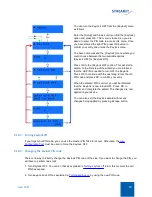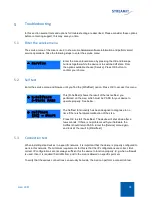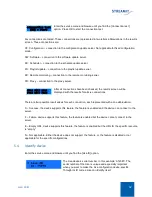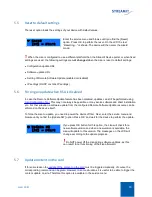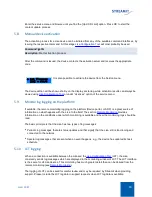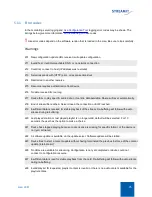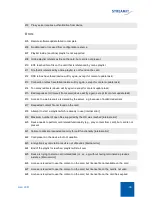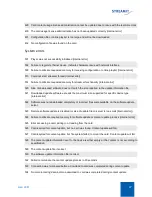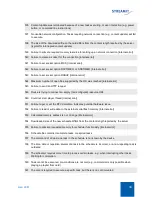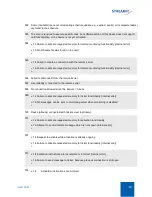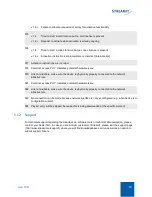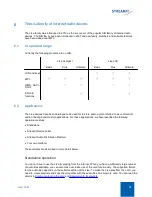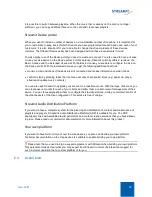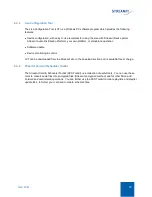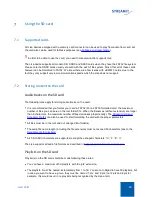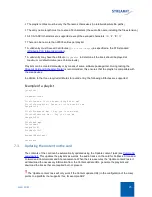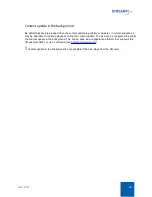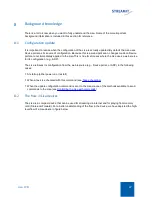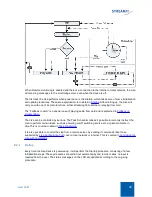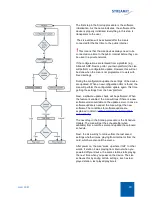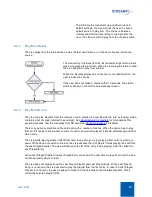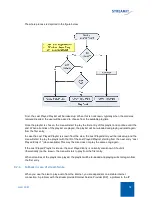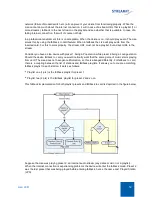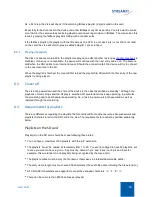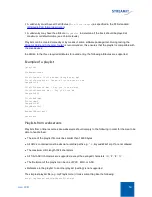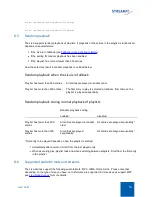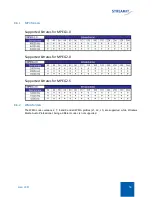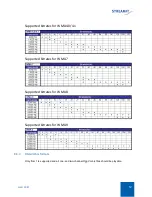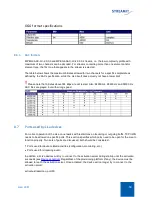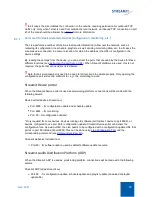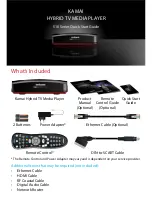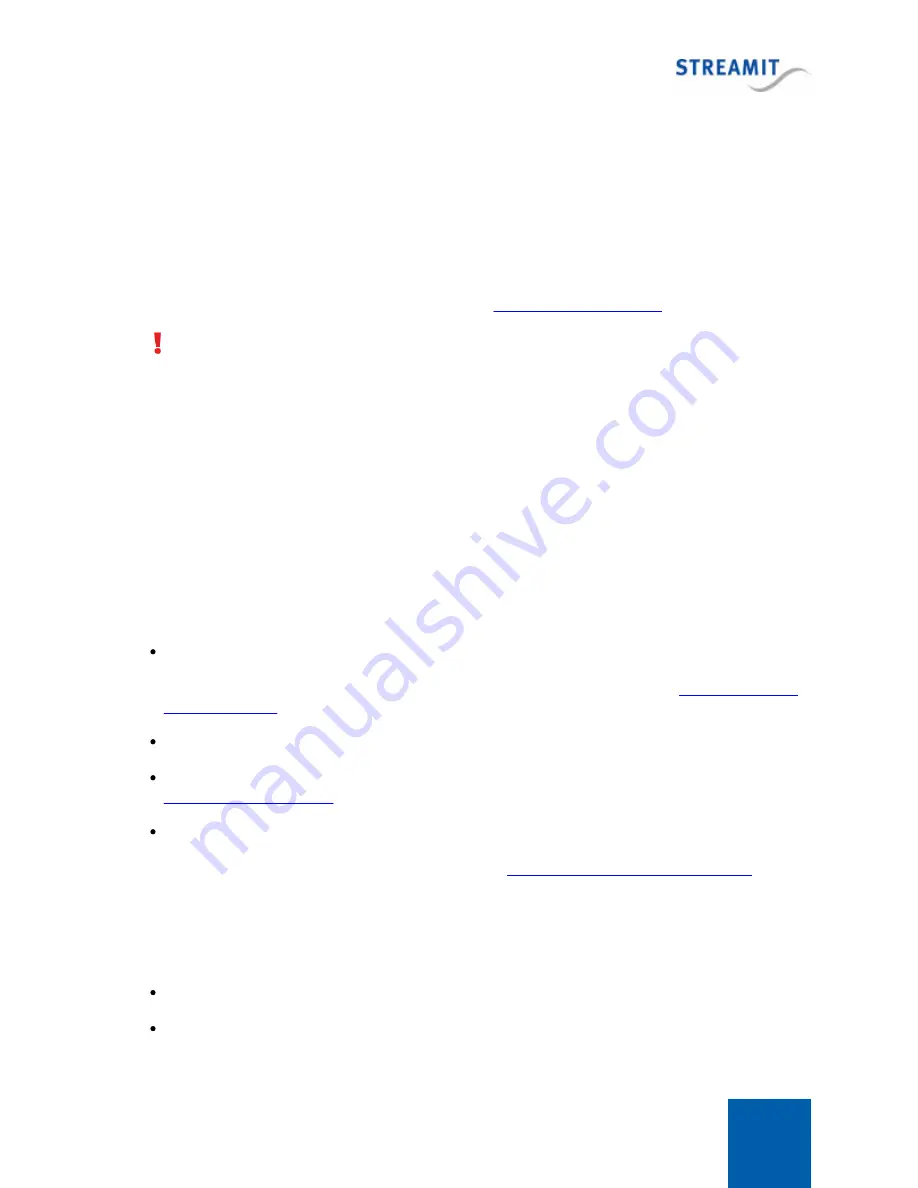
Lisa LCD
44
7
Using the SD card
7.1
Supported cards
All Lisa devices equipped with a memory card connector can be used to play from audio from card, but
the card also can be used for fallback purposes (see
).
In order to be able to use the card, you need to Lisa version that supports this.
The Lisa device supports all modern SD, SDHC and SDXC cards when they have the FAT32 file system.
Please note the SDXC cards usually are sold with the exFAT file system. Most if not all of these cards
however can be formatted to FAT32. We know there are a few issues with old MMC cards, due to the
fact they only support very low communication speeds which the Lisa does not support.
7.2
Storing content on the card
Audio tracks on the SD card
The following rules apply for storing audio tracks on the card:
It is recommended that you format your card in FAT32 (For a FAT16 formatted card, the maximum
number of files you can save on the root folder 512. When the filenames (without extension) are longer
than 8 characters, the maximum number of files decreases proportionally). The
can also be used to start formatting the card with the proper parameters.
All files must be in the root and not arranged into folder(s)
The audio file name length (including the file extension) must not exceed 50 characters (due to the
)
All 7-bit ASCII characters are supported, except the escaped characters ‘\n’, ‘\r’, ‘\0’, ‘\t’
The Lisa supports all audio file formats as described in
Supported audio formats and streams
Playlists on the SD card
Playlist(s) on the SD card should be made following these rules:
You can have a maximum of 50 playlists with the ‘pls’ extension.
The playlists “must” be named incrementally from 1 to 50. You are not obliged to have 50 playlists, but
in case you want to have e.g. two, they must be named ‘1.pls’ and ‘2.pls’ (not 2.pls and 4.pls for
example, this would result in no playlists being recognized by the Lisa at all).

